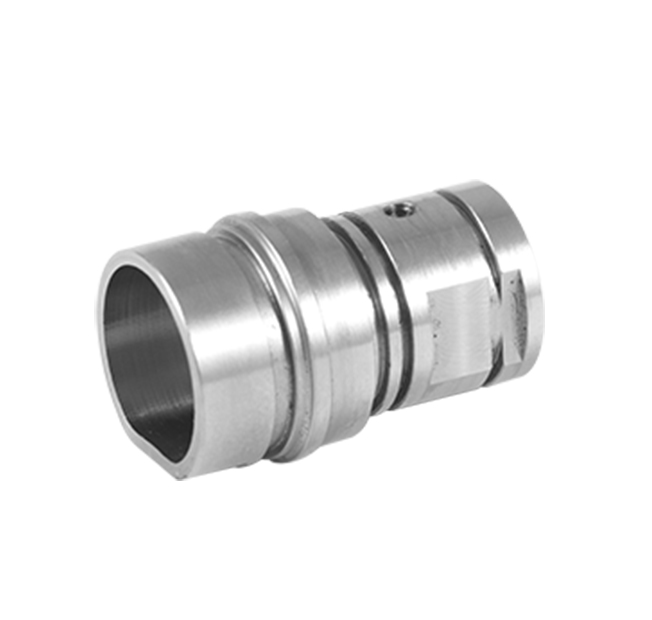Time:2025-06-11 Views:0 source:CNC Machining customization source:CNC Machining news

Industry standards in stamping parts processing are crucial for ensuring product quality, safety, and compatibility across different applications. These standards cover a wide range of aspects, from material specifications to dimensional tolerances and surface finish requirements.
Material - related standards are among the fundamental ones. For example, different industries have specific requirements for the types of metals used in stamping parts. In the aerospace industry, high - strength and lightweight materials like titanium alloys and advanced high - strength steels are often specified. The standards define not only the chemical composition but also the mechanical properties such as tensile strength, yield strength, and elongation that the material must possess. This ensures that the stamping parts can withstand the extreme conditions in aerospace applications.
Dimensional tolerance standards are another vital aspect. Stamping parts need to meet precise dimensional requirements to fit correctly into the final products. For instance, in the automotive industry, where parts from different suppliers need to be assembled accurately, tight dimensional tolerances are set. Holes, slots, and overall part dimensions must be within the specified tolerance ranges. Standards also specify how these tolerances are to be measured, often using calibrated measuring instruments such as coordinate measuring machines (CMMs).
Surface finish standards play a significant role, especially in applications where appearance or corrosion resistance is important. For home appliance and electronics stamping parts, a smooth surface finish is required for aesthetic reasons. In outdoor applications like security equipment, corrosion - resistant surface treatments, such as electroplating or powder coating, must meet specific standards regarding thickness, adhesion, and corrosion resistance.
In application, stamping parts manufacturers must carefully review and comply with these standards at every stage of production. During raw material procurement, they need to verify that the materials meet the specified standards. In the design and die - making process, the dimensional and geometric requirements of the standards are incorporated. Quality control during production involves continuous inspection using appropriate measuring and testing methods to ensure that the stamping parts conform to the standards, thus guaranteeing the overall quality and functionality of the final products.
Read recommendations:
Sealing ring Precision electronic parts
Housing components for recessed downlights Precision electronic parts
Oval Magnetic Hardware Precision electronic parts
CNC Machining Dimension Accuracy
CNC processing factory - Meeting customers' strict requirements for precision